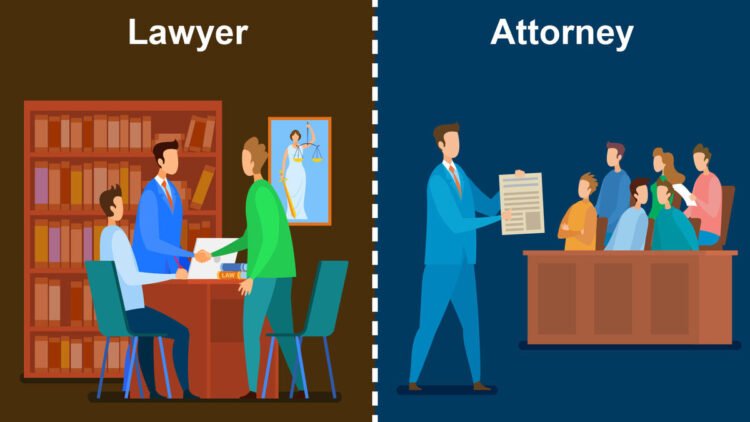
- Privacy-enhancing Technologies: Empowering Users in the Digital Age
- Introduction
- Cryptography: The Foundation of Data Protection
- Anonymization and Data Minimization: Reducing the Exposure of Personal Data
- Surveillance Mitigation: Protecting Users from Unauthorized Tracking
- Privacy-enhancing Technologies: A Step Towards Digital Empowerment
- Check Out Other Articles
-
FAQ about Privacy-Enhancing Technologies
- What are privacy-enhancing technologies (PETs)?
- Why are PETs important?
- What are the most common types of PETs?
- How does encryption work?
- What is anonymization?
- How does pseudonymization differ from anonymization?
- What is differential privacy?
- How does secure multi-party computation work?
- What are the challenges in implementing PETs?
- How can individuals benefit from PETs?
Privacy-enhancing Technologies: Empowering Users in the Digital Age
Introduction
Hey there, readers! Welcome to our comprehensive guide on privacy-enhancing technologies. In today’s digital landscape, our personal data is constantly being collected, processed, and shared. This raises serious concerns about our privacy and autonomy. However, there’s hope: privacy-enhancing technologies are emerging as powerful tools to safeguard our information and empower us in this interconnected world.
Privacy-enhancing technologies are a diverse set of tools and techniques designed to enhance user privacy. They enable individuals to control their data, minimize the collection of unnecessary information, and prevent the unauthorized use or disclosure of their personal information.
Cryptography: The Foundation of Data Protection
Cryptography is the backbone of many privacy-enhancing technologies. It involves the use of mathematical algorithms to encrypt and decrypt data, ensuring its confidentiality and integrity.
Encryption
Encryption transforms data into an unreadable format, protecting it from unauthorized access. By encrypting data at rest (e.g., stored on a device) or in transit (e.g., transmitted over a network), we can prevent eavesdropping and data breaches.
Digital Signatures
Digital signatures are cryptographic mechanisms that allow users to verify the authenticity and integrity of messages or documents. They ensure that the message comes from the claimed sender and has not been tampered with during transmission.
Anonymization and Data Minimization: Reducing the Exposure of Personal Data
Anonymization and data minimization are techniques that reduce the amount of personal information collected and stored.
Anonymization
Anonymization involves removing personally identifiable information (PII) from data, making it difficult to link it back to specific individuals. This can be achieved through techniques like data encryption, hashing, and anonymization techniques (e.g., k-anonymity).
Data Minimization
Data minimization limits the collection and storage of personal data to only what is necessary for a specific purpose. By minimizing the amount of data collected, we reduce the risk of data breaches and unauthorized use.
Surveillance Mitigation: Protecting Users from Unauthorized Tracking
Surveillance mitigation technologies help users avoid being tracked online and protect their privacy from invasive data collection practices.
Ad Blockers and Tracking Prevention Tools
Ad blockers and tracking prevention tools prevent third-party tracking scripts and cookies from collecting data about user behavior and browsing history. These tools block unwanted ads and reduce the amount of data shared with advertisers and data brokers.
Virtual Private Networks (VPNs)
VPNs create encrypted tunnels between a user’s device and a remote server, hiding their IP address and masking their online activities. This helps prevent surveillance by ISPs, governments, and other third parties.
| Privacy-enhancing Technology | Purpose |
|---|---|
| Cryptography | Encrypting and decrypting data |
| Digital Signatures | Verifying authenticity and integrity of messages |
| Anonymization | Removing PII from data |
| Data Minimization | Limiting collection of personal data |
| Ad Blockers and Tracking Prevention Tools | Preventing tracking by third parties |
| Virtual Private Networks (VPNs) | Masking IP address and online activities |
| Privacy-focused Browsers | Built-in privacy protections, e.g., duckduckgo.com |
| Secure Messaging Platforms | End-to-end encryption and privacy-first design, e.g., Signal |
| Privacy-aware App Stores | Offer apps with privacy certifications and transparency, e.g., F-Droid |
| Privacy-friendly Social Media Networks | Limit data collection, offer privacy controls, e.g., Mastodon |
Privacy-enhancing Technologies: A Step Towards Digital Empowerment
Privacy-enhancing technologies are essential for protecting our privacy in the digital age. They empower users with tools to control their data, minimize surveillance, and prevent unauthorized access to their personal information. By adopting these technologies, we can safeguard our privacy and reclaim control over our online identities.
Check Out Other Articles
For more in-depth information on privacy-enhancing technologies, check out the following articles:
- [The Privacy-First Handbook](link to another article)
- [A Comprehensive Guide to Encryption](link to another article)
- [Anonymous Browsing: A Guide to Protecting Your Privacy Online](link to another article)
FAQ about Privacy-Enhancing Technologies
What are privacy-enhancing technologies (PETs)?
Answer: PETs are tools and techniques that help protect the privacy of individuals by limiting the collection, use, and disclosure of their personal data.
Why are PETs important?
Answer: PETs aim to prevent unauthorized access to sensitive data, protect against data breaches, and give individuals more control over their personal information.
What are the most common types of PETs?
Answer: Encryption, anonymization, pseudonymization, differential privacy, and secure multi-party computation.
How does encryption work?
Answer: Encryption scrambles data into an unreadable format, making it accessible only to authorized individuals with the correct decryption key.
What is anonymization?
Answer: Anonymization removes all personally identifiable information (PII) from data, making it impossible to link it back to a specific individual.
How does pseudonymization differ from anonymization?
Answer: Pseudonymization replaces PII with a unique identifier (pseudonym), allowing data to be analyzed without revealing the identity of individuals.
What is differential privacy?
Answer: Differential privacy adds noise to data, ensuring that the presence or absence of specific individuals cannot be determined.
How does secure multi-party computation work?
Answer: Secure multi-party computation allows multiple parties to jointly analyze data without revealing their own private data to each other.
What are the challenges in implementing PETs?
Answer: Integration with existing systems, performance overhead, and the need for specialized expertise can present challenges in implementing PETs.
How can individuals benefit from PETs?
Answer: PETs empower individuals to protect their privacy, control their data, and make informed decisions about how their personal information is used.





